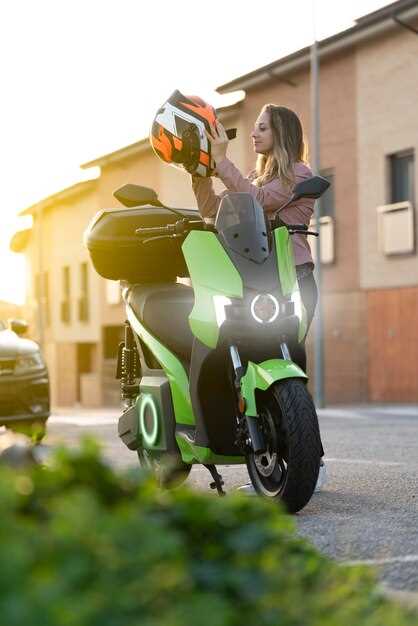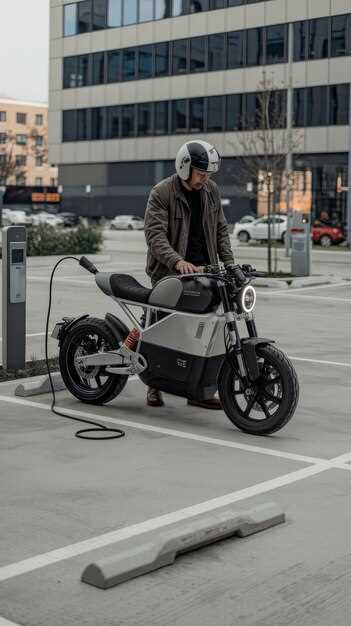
In recent years, electric motorcycles have surged in popularity, captivating enthusiasts with their impressive acceleration and innovative technology. As manufacturers increasingly focus on performance, the differences in speed among various electric motorcycle models have become a point of interest. Understanding these differences is crucial for potential buyers who seek to balance power, efficiency, and speed.
When examining the realm of electric motorcycles, two key metrics come into play: acceleration and top speed. Acceleration refers to how quickly a motorcycle can reach its maximum speed from a standstill, an essential factor for riders who crave the thrill of rapid takeoffs. In contrast, top speed measures the maximum velocity a motorcycle can achieve under optimal conditions. These two elements largely define the riding experience and the overall capability of electric motorcycles.
In this article, we will delve into the nuances of acceleration and top speeds across various electric motorcycle models. By comparing specifications, performance ratings, and real-world testing scenarios, we aim to provide a comprehensive overview that will help riders make informed decisions based on their specific needs and preferences. Whether you prioritize exhilarating speed or sustainable commuting, understanding these dynamics will enhance your choice in the electric motorcycle landscape.
Understanding Acceleration Metrics for Electric Motorcycles

Acceleration metrics are crucial in evaluating the performance of electric motorcycles, as they provide insights into how quickly a bike can reach its top speed. One of the key measurements is 0 to 60 mph time, which indicates how fast the motorcycle can accelerate from a complete stop to 60 miles per hour. This metric is particularly important for riders who seek quick bursts of speed in urban environments.
The quarter-mile time is another significant metric that measures how fast a motorcycle can cover a distance of 1,320 feet. This measurement highlights the overall power delivery of the electric motor, as well as the bike’s handling and traction. A lower quarter-mile time often correlates with higher performance and agility on the road.
Additionally, torque is a fundamental aspect of acceleration. Unlike traditional motorcycles, electric motors deliver maximum torque instantly, allowing for rapid acceleration. This immediate torque response can make electric motorcycles feel faster, even if their top speed is comparable to that of gasoline-powered counterparts.
Understanding the relationship between these metrics enables potential buyers to make informed decisions when choosing an electric motorcycle. Riders should consider not only the top speed but also how quickly they can reach that speed to ensure they select a motorcycle that meets their performance expectations.
Comparative Analysis of Top Speed in Various Models
The top speed of electric motorcycles is a crucial factor that influences consumer choice and performance perception. Different models exhibit varying capabilities, which can significantly affect their market positioning. Understanding these differences requires a comparative analysis based on specifications and real-world performance.
One standout model is the Energica Ego, renowned for its impressive top speed of approximately 240 km/h (150 mph). This capability is complemented by rapid acceleration, making it a favorite among performance enthusiasts. The combination of high-speed potential and quick acceleration enables riders to experience an exhilarating ride.
Another notable contender is the Zero SR/F, which boasts a top speed around 199 km/h (124 mph). While slightly less than the Energica, the Zero SR/F offers remarkable acceleration, achieving 0 to 100 km/h in just 3.2 seconds. This model appeals to those seeking a balance between speed and agility.
The Harley-Davidson LiveWire presents a unique case with its top speed of 177 km/h (110 mph). Although it doesn’t reach the extremes of other models, its acceleration is noteworthy, being able to reach 0 to 100 km/h in 3 seconds. This motorcycle is designed more for city riding, where rapid acceleration can be more advantageous than sheer top speed.
The Lightning LS-218 stands out as one of the fastest electric motorcycles, claiming a top speed of 348 km/h (216 mph). This model not only leads in speed but also ensures robust acceleration, providing an unparalleled experience for the rider. Its engineering emphasizes achieving exceptional performance in competitive scenarios.
In summary, the comparative analysis of top speeds across various electric motorcycle models reveals a diverse landscape where each model caters to specific riding preferences. The balance between top speed and acceleration varies, influencing rider experience and operational efficiency. As electric motorcycle technology advances, these figures may evolve, offering even more excitement and innovation in the realm of two-wheeled electric transport.
Real-World Factors Influencing Speed Performance

When evaluating the speed performance of electric motorcycles, several real-world factors come into play that can significantly impact their top speed and acceleration. Understanding these factors is crucial for potential buyers and enthusiasts alike.
First and foremost, the motorcycle’s weight plays a vital role in its speed capabilities. Lighter models tend to accelerate faster and achieve higher top speeds compared to heavier counterparts, as less energy is required to move the motorcycle. Manufacturers often strive to balance durability with lightweight materials to optimize performance.
Aerodynamics also greatly affects speed performance. Motorcycles designed with streamlined shapes can cut through the air more efficiently, reducing drag and allowing for higher speeds. Features such as fairings and windscreen shapes are engineered to improve aerodynamic efficiency, thereby enhancing overall speed potential.
Battery capacity and motor design are essential components that influence speed. Higher voltage systems can provide increased power, which translates to better acceleration and top speed. The design of the electric motor, including its type and configuration, will also affect how quickly power is delivered to the wheels, impacting speed performance.
Another critical factor is the terrain on which the motorcycle is operated. Smooth, flat roads allow for higher speeds, while rough or uphill terrains can inhibit acceleration and top speeds. Additionally, environmental conditions such as wind resistance and temperature can alter performance; for instance, strong headwinds may decrease top speed, whereas optimal temperatures can enhance battery efficiency.
Finally, the skill level of the rider can significantly affect a motorcycle’s speed performance. Experienced riders are better equipped to handle acceleration and cornering, maximizing the motorcycle’s speed capabilities. Proper training and knowledge can lead to more effective management of the bike’s power and responsiveness.
